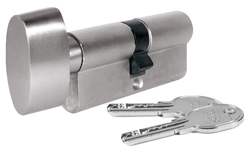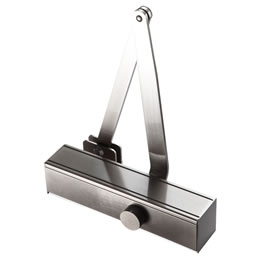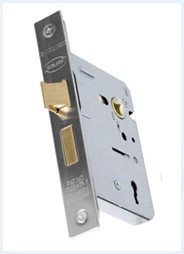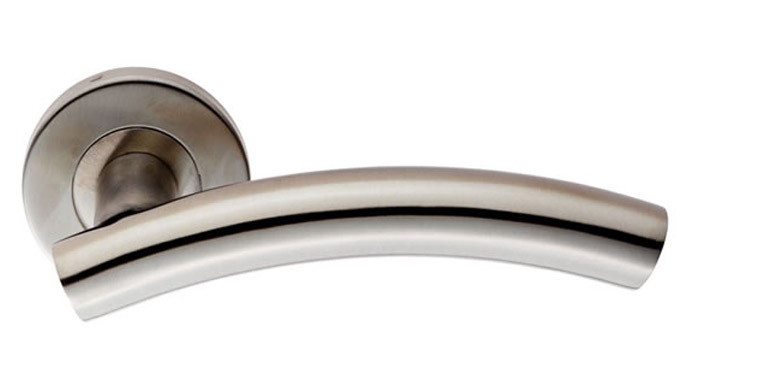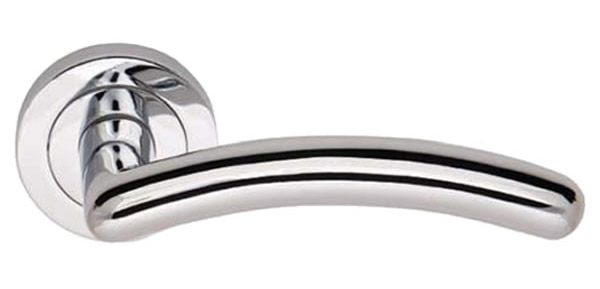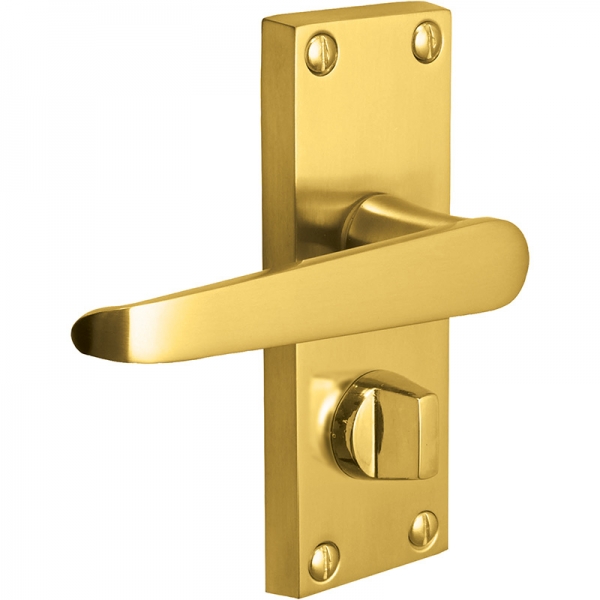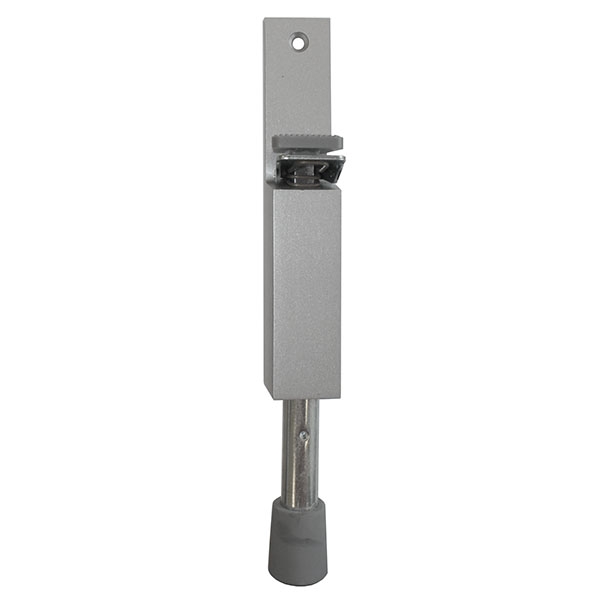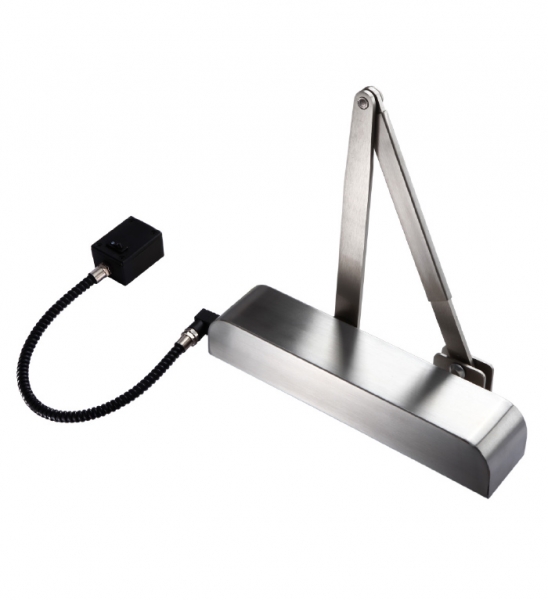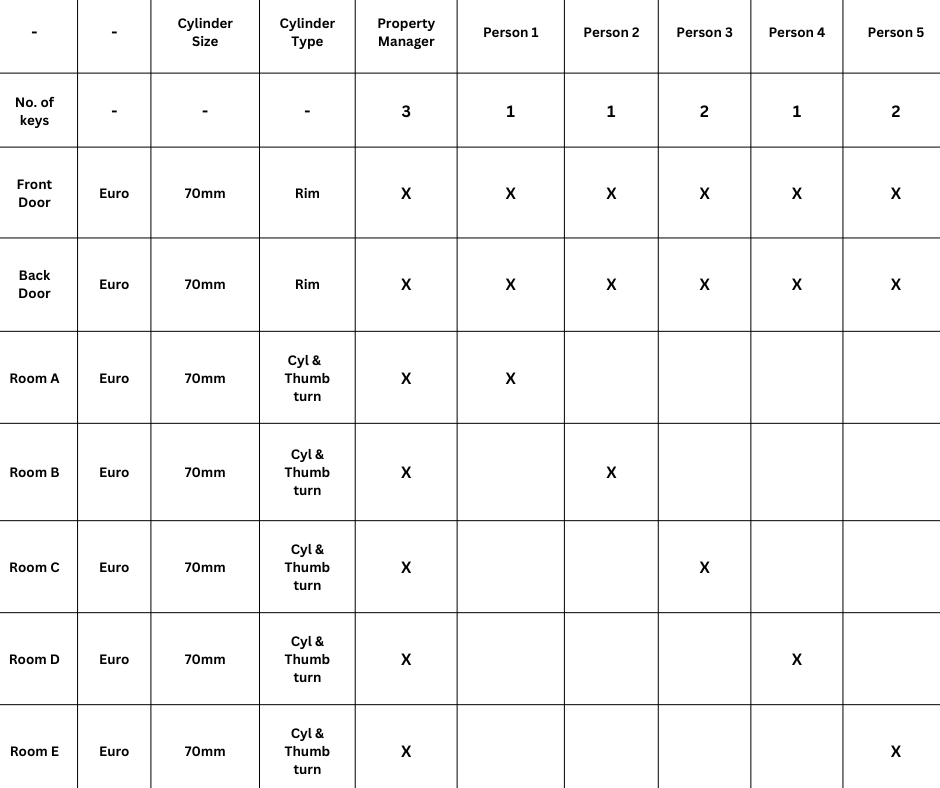In this blog
we will be looking at master key systems; what they are, how they work, the
benefits and more!
What is
Master Keying?
A master key
system refers to a mechanical locking system used throughout a building or
complex, where one key can be used to access multiple different locks. Master
key systems are designed to either provide or limit access to certain locked
areas within a building.
Master key systems use cylinder locks featuring additional pins, these are referred to as either the ‘master shim’ or ‘wafer pin’. These allow the locks to be accessed by both normal individual keys, and master keys. The extra pin is inserted between the top and bottom pins within a standard cylinder lock, meaning the master keyed lock can be unlocked using at least 2 different keys.
Different
Keys in Master Key Systems
As well as
having master keys, there are also two other types of keys used within master
key systems; Submaster keys and differ keys.
Submaster
keys are designed to access certain doors, depending on the holder of the key.
Master key systems work on a key distribution hierarchy, so submaster keys will
have more access than keys that can only unlock one single lock, but they will
not have as much access as the master key.
Differ keys
are used where each lock has a unique cylinder that requires a different key to
lock/unlock it. These keys will only unlock the lock they are specified for.
Benefits
of Master Key Systems
There are
many benefits of using a master key system, including enhanced security, control,
and convenience.
Increased
Security
Master key
systems have the benefit of increased security. Planning a master key system
means that all access is predetermined, as specific keys grant specific access.
This increases the level of security for all involved, as well as the security
of goods which may be stored in locked places. The decreased number of keys in
a master key system also means that there are fewer keys that go missing.
Level of
Control
The level of
control is higher with a master key system, which is another benefit. Master
key systems ensure that access at all levels is controlled. It is also not
possible to get a master key, or a submaster key copied at any locksmiths. The
only way you can duplicate a master key, or get a replacement, is for the
registered owner to order one directly through the supplier or manufacturer.
Convenience
Having a
system with a reduced number of keys means replacing lost/damaged keys is
cheaper and more convenient, it also means you won’t have to carry lots of keys
around together, which can get confusing and heavy.
Ordering
a Master Key System
When ordering a master key system, it is important that you have planned
the number of doors, number of keys, who has access, and the sizes of the
cylinders. Creating a table as shown below can be very helpful when ordering a
master key system.
If you require any further information on master key systems or if you wish to purchase a system with us, please give us a call or send us an e-mail.
